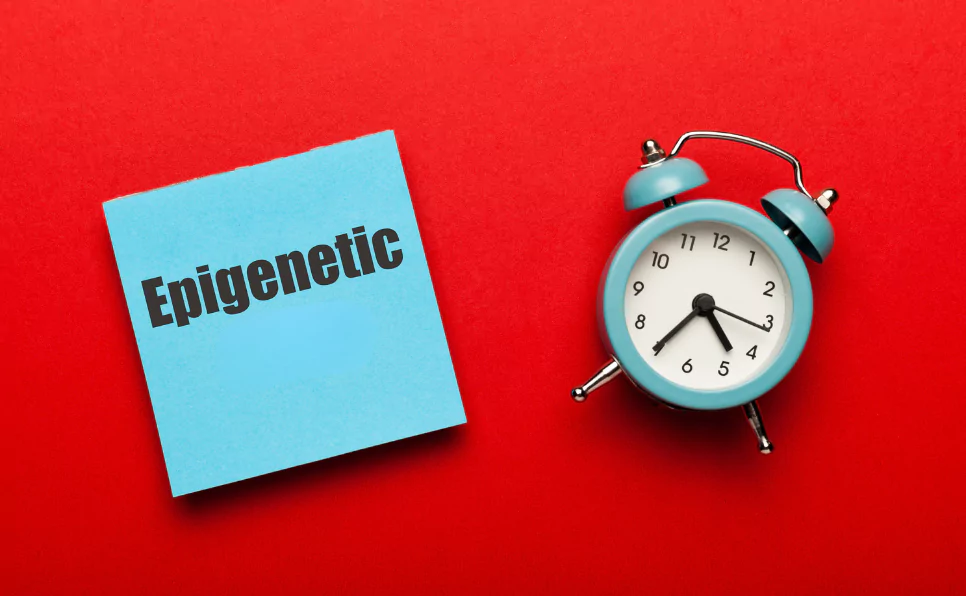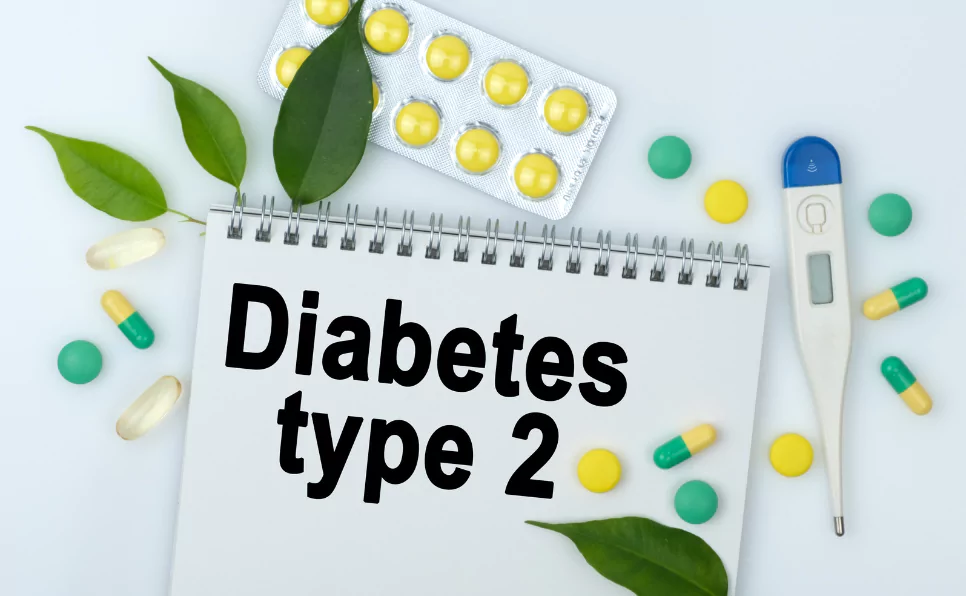Now we understand that fertility and problems related to it can be genetically inherited. But what we don’t know is the importance of tiny organelles Mitochondrial in our lives, especially when it comes to fertility.
These are powerhouse factories within our cells, responsible for converting the food we eat into the energy our cells need to function.
But there’s more to mitochondria than just energy production. They’re also key players in the story of our fertility and reproductive health.
In this article, we will understand how they are important for our fertility.
Key Takeaways
- Mitochondrial DNA plays a crucial role in fertility, affecting both the quality of gametes and embryo development.
- Mitochondrial dysfunction can lead to various fertility issues.
- Lifestyle choices can significantly impact mitochondrial health and, by extension, fertility potential.
Understanding Mitochondrial DNA
Mitochondrial DNA is unique. Unlike the DNA in our cell’s nucleus, which comes from both our parents, mtDNA is inherited solely from our mothers.
This small, circular DNA strand holds critical instructions for making proteins that the mitochondria need to generate energy.
Now, why should you care about this?
Because the energy produced by mitochondria is not just any energy – it’s the life force of every cell in our body, including sperm and egg cells.
Without proper energy production, cells can’t function correctly, and this is particularly important when we’re talking about the cells involved in making babies.
Mitochondria in Male and Female Gametes
Mitochondria play an indispensable role in both male and female gametes, serving as the cellular powerhouses that fuel various critical processes, including the remarkable journey of sperm toward the egg.
In males, mitochondria are crucial for providing the energy required for the motility of sperm.
This energy is not merely about keeping the sperm alive but about empowering it with the vigor needed to go through the female reproductive tract.
The flagellum of the sperm, which propels it forward, relies heavily on ATP (adenosine triphosphate) produced by mitochondria.
Therefore, the efficiency and functionality of mitochondria directly influence the sperm’s ability to reach and fertilize the egg.
In females, mitochondria in the egg (oocyte) play a vital role in ensuring the egg’s viability and the success of early embryonic development.
The egg cell is loaded with mitochondria, reflecting the high energy demand required for the processes of ovulation, fertilization, and the initial cell divisions of the embryo.
Mitochondria are also involved in calcium signaling, apoptosis (programmed cell death), and reactive oxygen species (ROS) regulation, all of which are pivotal for the reproductive processes.
Mitochondrial DNA Inheritance
Here’s a fascinating fact: since mtDNA is passed down from mothers to all their children, it can reveal a lot about our maternal lineage. But it’s not just about tracing our ancestry.
This maternal inheritance pattern has significant implications for fertility and genetic disorders.
Some genetic disorders are linked directly to mutations in mtDNA. Because these mutations are passed down from mother to child, they can have a profound impact on fertility and the health of future generations.
Mitochondrial Dysfunction and Fertility Issues
How Mitochondrial Dysfunction Affects Fertility
Mitochondrial dysfunction can be a game-changer in fertility, affecting everything from the quality of eggs and sperm to the success of embryo development.
Here’s how:
- Egg and Sperm Quality: For a healthy pregnancy, the quality of the egg and sperm is crucial. Mitochondria play a role here by providing the energy needed for these cells to function optimally. If the mitochondria are not up to par, it can lead to reduced fertility.
- Embryo Development: Post-fertilization, the embryo needs a ton of energy to develop properly. This energy comes from, you guessed it, mitochondria. Dysfunction in these organelles can hinder embryo development, affecting the chances of a successful pregnancy.
Mitochondrial Diseases and Reproductive Health
Mitochondrial diseases are a group of disorders caused by dysfunctional mitochondria.
They can range from mild to severe and often affect multiple organs, including the reproductive system. Here are some points to ponder:
- Common Disorders: Some mitochondrial diseases specifically affect fertility. For example, certain types of mitochondrial myopathy can impact reproductive health, leading to fertility issues.
- Research Findings: Recent studies have shown that women with mitochondrial disorders may have a harder time conceiving and may be more likely to experience complications during pregnancy.
Mitochondrial DNA (mtDNA) and its impact on fertility is a field that’s rapidly evolving, revealing critical insights into how mitochondria play a significant role in our ability to conceive and sustain pregnancies.
Understanding this connection is crucial, not just for academic purposes, but for real people dealing with fertility issues.
It’s about making sense of complex biological mechanisms in a way that can directly impact decisions and treatment options for many.
Common Mitochondrial Genetic Disorders Affecting Fertility
Mitochondrial diseases are a group of disorders caused by dysfunctions in mitochondria.
They are particularly devastating when it comes to reproductive health. Here are a few key disorders and how they influence fertility:
- Mitochondrial myopathy: This condition involves muscle weakness, which might seem unrelated to fertility at first glance. However, the energy demands of reproductive processes mean that any compromise in cellular energy production can affect both egg and sperm quality.
- Leber’s Hereditary Optic Neuropathy (LHON): A condition marked by sudden vision loss. While primarily affecting the eyes, the underlying mitochondrial mutations can also be linked with reduced fertility, especially in men.
- Mitochondrial DNA Depletion Syndrome (MDDS): This rare condition, characterized by a significant reduction in mtDNA copy number, affects various tissues, including those critical for reproductive success.
Diagnosing Mitochondrial Disorders
Techniques for Detecting Mitochondrial Dysfunction
Detecting mitochondrial dysfunction has evolved significantly.
Initially, diagnosis was primarily based on clinical observations and symptoms, but now, we have a suite of sophisticated techniques at our disposal:
- Genetic Sequencing: Techniques like Next-Generation Sequencing (NGS) allow us to examine mitochondrial DNA with incredible precision, identifying mutations that could impact fertility.
- Biochemical Tests: These tests measure the function of mitochondria in cells, looking at how effectively they produce energy.
- Muscle Biopsy: In some cases, a small sample of muscle tissue can be examined to look for signs of mitochondrial disease.
Genetic Testing and Counseling
With the rise of genetic testing, individuals can now gain insights into their mitochondrial health before starting a family.
This testing is crucial because it can reveal hidden risks of transmitting mitochondrial diseases to offspring.
Genetic counseling accompanies this process, providing a much-needed roadmap for couples navigating these complex issues.
Counselors offer advice on reproductive options, helping individuals make informed decisions about their journey to parenthood.
Treatment Options for Mitochondrial-Related Fertility Issues
Assisted Reproductive Technologies (ART)
ART has been a game-changer for many couples facing fertility challenges. Techniques like In Vitro Fertilization (IVF) are well-known, but there’s a growing focus on integrating mitochondrial health into these processes.
For instance, some emerging treatments aim to improve the mitochondrial quality of eggs before they are fertilized.
Mitochondrial Replacement Therapy (MRT)
MRT is a revolutionary technique, though not without its controversies. It involves replacing unhealthy mitochondrial DNA in an egg or embryo with healthy mtDNA from a donor.
This can prevent the transmission of mitochondrial diseases from mother to child. It’s a beacon of hope for many, yet it’s also a subject of ethical debate due to concerns about genetic modification.
Future Research Directions and Potential Therapies
The future is bright, with research focusing on not just treating but potentially curing mitochondrial diseases.
Gene editing techniques like CRISPR-Cas9 offer the tantalizing possibility of correcting mitochondrial DNA mutations directly.
Meanwhile, studies into mitochondrial biogenesis (the process of forming new mitochondria) are exploring how we can enhance mitochondrial function, offering another avenue to improve fertility.
Lifestyle, Environment, and Mitochondrial Health
Impact of Lifestyle on Mitochondrial Function
Our daily choices play a significant role in our mitochondrial health. Here’s how:
- Diet: Foods rich in nutrients like omega-3 fatty acids, antioxidants, and vitamins can support mitochondrial function. A balanced diet fuels mitochondria, enhancing their ability to produce energy efficiently.
- Exercise: Regular physical activity boosts mitochondrial density, improving their overall function and energy production capacity.
- Environmental Factors and Toxins: Exposure to toxins can damage mitochondria. Limiting exposure to harmful chemicals and pollutants is crucial for maintaining mitochondrial health.
Improving Fertility through Mitochondrial Health
Enhancing mitochondrial function can be a strategic approach to improving fertility. Here are some strategies:
- Strategies for Enhancing Mitochondrial Function: Incorporating a diet rich in antioxidants, engaging in regular exercise, and avoiding environmental toxins can all contribute to healthier mitochondria.
- Role of Antioxidants and Supplements: Antioxidants neutralize free radicals, reducing oxidative stress on mitochondria. Supplements like Coenzyme Q10, L-carnitine, and others have shown promise in supporting mitochondrial function.
Final Thoughts
Mitochondrial DNA plays a pivotal role in fertility, affecting not just the potential to conceive but also the health of future generations.
The advancements in research and treatment offer hope to many, but it’s the integration of lifestyle changes that often holds the key to unlocking this potential.
As we move forward, it’s a journey of discovery, one that holds the promise of not just understanding but also overcoming the challenges posed by mitochondrial disorders in fertility.
FAQs
What is the difference between nuclear DNA and mitochondrial DNA in relation to fertility?
Nuclear DNA comes from both parents and influences traits and genetic disorders. Mitochondrial DNA (mtDNA), passed from the mother, directly impacts cellular energy production, crucial for fertility. Problems in mtDNA can affect egg quality and embryonic development, influencing fertility.
Can mitochondrial DNA mutations be corrected or treated to improve fertility?
Though mutations can not be corrected (barring gene therapy which is yet in experimental stages), mitochondrial DNA mutations can be addressed through techniques like Mitochondrial Replacement Therapy (MRT), which replaces faulty mitochondrial DNA in eggs or embryos with healthy mtDNA to prevent disease transmission and improve fertility outcomes. Research into gene editing also holds promise for correcting mutations.
How does maternal age affect mitochondrial quality and fertility?
Maternal age negatively impacts mitochondrial quality, leading to decreased energy production in cells. This reduction in mitochondrial function can affect egg quality and embryo viability, contributing to fertility challenges as women age.
Is it possible to inherit fertility issues through mitochondrial DNA?
Yes, fertility issues can be inherited through mitochondrial DNA due to its maternal transmission. Mutations in mtDNA can lead to disorders affecting energy production, which are crucial for fertility, potentially passing these issues from mother to offspring.
Can lifestyle interventions genuinely improve mitochondrial health and fertility?
Absolutely, lifestyle interventions like a balanced diet rich in antioxidants, regular exercise, and minimizing exposure to environmental toxins can enhance mitochondrial function. Improved mitochondrial health can, in turn, positively affect fertility by improving egg and sperm quality.
How do environmental toxins affect mitochondrial function and fertility?
Environmental toxins can damage mitochondrial DNA and impair their function, leading to decreased energy production. This reduction in mitochondrial efficiency can negatively impact egg and sperm quality, embryo development, and overall fertility, underscoring the importance of minimizing exposure to harmful substances.
For Further Reading:
- Effects of adverse fertility-related factors on mitochondrial DNA in the oocyte: a comprehensive review – Reproductive Biology and Endocrinology
- Potential of Mitochondrial Genome Editing for Human Fertility Health – Frontiers in Cell and Developmental Biology
- Mitochondrial DNA mutations affect male and female fertility and ageing – Current Biology
- The role of mitochondrial activity in female fertility and assisted reproductive technologies: overview and current insights – Reproductive BioMedicine Online
- First UK children born using three-person IVF: what scientists want to know – Nature
- Mitochondrial DNA Copy Number in Mammalian Fertility – Biol Reprod
- The Role of Mitochondria in Human Fertility and Early Embryo Development – Cells
- Genetics of mitochondrial dysfunction and infertility – Clinical Genetics
- Mitochondrial fragmentation drives selective removal of deleterious mtDNA in the germline – Nature

Dr. Sumeet is a seasoned geneticist turned wellness educator and successful financial blogger. GenesWellness.com, leverages his rich academic background and passion for sharing knowledge online to demystify the role of genetics in wellness. His work is globally published and he is quoted on top health platforms like Medical News Today, Healthline, MDLinx, Verywell Mind, NCOA, and more. Using his unique mix of genetics expertise and digital fluency, Dr. Sumeet inspires readers toward healthier, more informed lifestyles.





